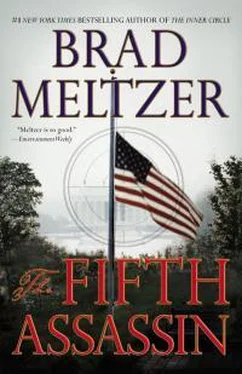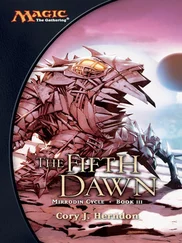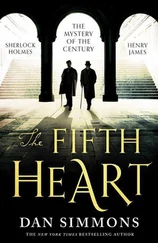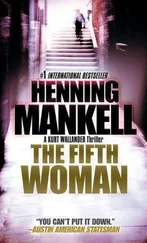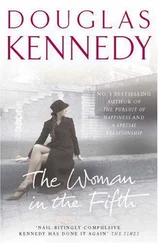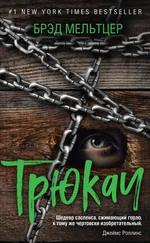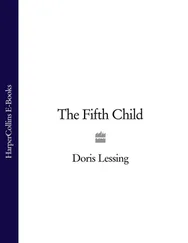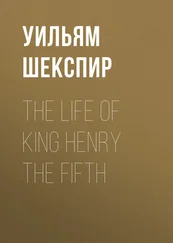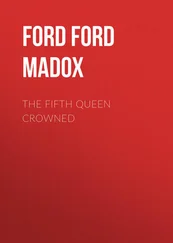For my dad,
Stewie Meltzer,
who lived loud,
loved hard,
and always knew
where to find a good deli
ACKNOWLEDGMENTS
Here’s what I love: I love sitting at my desk, staring at the blank screen, and beginning that conversation with my imaginary friends. But no matter how many books I write, here’s one of the few things I know for sure: Imaginary friends are indeed vital, but when it comes to actually writing these books, it’s my real family and friends, including you, dear reader, who make it possible. So tremendous thank-yous to the following: My first love and first lady, Cori, who made me dig deep during what has been one of the hardest years of my life. My love for her is truly profound. Jonas, Lila, and Theo are my best blessings of all. To quote a dear friend: “Nothing in life lives up to the hype… except being a parent.” Especially to these three. I love them with everything I have. Jill Kneerim, the friend and agent who took me in when I was twenty-four years old, and who has been with me since; Hope Denekamp, Caroline Zimmerman, Ike Williams, and all our friends at the Kneerim & Williams Agency.
Here’s what else I know for sure: With the loss of my parents, this book had no choice but to be about growing up. So let me thank the one person who grew up next to me: my sister, Bari, who reminds me of every insane and wonderful thing our parents taught us. Also to Bobby, Ami, Adam, Gilda, and Will for standing there with us.
Of all the people in here, there’s one who needs to be singled out: Noah Kuttler. Noah plots with me, schemes with me, argues with me, and basically spends every free moment challenging me to be the writer I wish I was. Thanks, pal, for always pushing the craft and for never ever letting me down, intellectually or personally. Ethan Kline has stood by my side since we first used the Xerox machine at work to make copies of The Tenth Justice . He, along with Dale Flam, Matt Kuttler, Chris Weiss, and Judd Winick are the vital readers who take my early drafts and help me find the actual book.
When it came to researching Presidents and their assassins, I owe major thanks to the following: First, President George H. W. Bush, who was generous and kind enough to again answer all my questions, the most macabre ones I’ve ever asked him. Special colonial shout-out to the man himself—George Washington—for inspiring so much in here. Archivist of the United States David S. Ferriero is one of the nicest and most welcoming hosts around. Also at the National Archives, which everyone should go visit, Paul Brachfeld, Susan Cooper, Matt Fulgham, Miriam Kleiman, and Trevor Plante again helped me conjure my inner Beecher. I bothered them over and over, and they never complained. Our friendship has been the best result. Special thanks to Michael Guidry, who protects so many and for whom I have so much respect; Brian White and all my friends at the Department of Homeland Security’s Red Cell program for again helping take this idea even further, and Eljay Bowron, Jim Mackin, Max Milien, Robert Pearce, and Larry Sheafe for making me respect the Secret Service even more.
Additional thanks to Michael Rhode and the staff of the National Museum of Health and Medicine for letting me hold the bones of John Wilkes Booth; John Nolan, John Piper, and John Ryan for helping me explore my inner break-in artist; Alan Brown, whose honesty helped me see life from a wheelchair; Hayden Bryan and Senior Minister Dean Snyder invited me into their churches; Ron Decker and the American Playing Card Company made me look at cards in new ways; Bob Gourley, Bob Flores, Roy Judelson, Marc Marlin, Adam Meyers, Adam Mikrut, and Jeff Phelan were the best tech experts; Patrick Canavan, Jogues Prandoni, Richard Warsh, and Steve Baron for the St. Elizabeths details; my confidants Dean Alban and Arturo de Hoyos for their great historical insight; my first history teacher, Ellen Sherman; and the rest of my own inner circle, who I bother for every book: Rabbi Steven M. Glazer, Jo Ayn Glanzer, Jason Sherry, Mark Dimunation, Dr. Lee Benjamin, Dr. David Sandberg, Marie Grunbeck, Nick Marell, and Brad Desnoyer; special thanks to those who anonymously taught me about Camp David. More Archives research came from Kimberly Gentile, Richard “Chip” Sandage, Morgan Zinsmeister, the memory of John E. Taylor, and all the archivists who sent me cool stuff. The books The Manner of Man That Kills by L. Vernon Briggs; Stalking, Threatening, and Attacking Public Figures , edited by Meloy, Sheridan, and Hoffmann; Murdering McKinley by Eric Rauchway; The Trial of the Assassin Guiteau by Charles E. Rosenberg; Assassination Vacation by Sarah Vowell; A History of Playing Cards by Catherine Perry Hargrave; and my favorite, Manhunt by James L. Swanson, were vital to this process. Yes, Grace is a homage to the real Grace Hopper. Finally, Anne Twomey, Farris Rookstool III, Jeff A. Benner, Paul Bardunias, and Laura Simo, along with the great people at Mount Vernon, lent their expertise to so many different details; our family on Decoded and at HISTORY, including Nancy Dubuc, Dirk Hoogstra, and Russ McCarroll for giving me the opportunity of a lifetime; Rob Weisbach for being the first to say yes; and of course, my family and friends, whose names, as always, inhabit these pages.
I also want to thank everyone at Grand Central Publishing: David Young, Emi Battaglia, Matthew Ballast, Sonya Cheuse, Martha Otis, Bruce Paonessa, Karen Torres, Lindsey Rose, Caitlin Mulrooney-Lyski, Evan Boorstyn, the nicest and hardest working sales force in show business, Bob Castillo, Mari Okuda, Thomas Whatley, and all my dear friends there who have spent so much of their lives changing mine. I’ve said it before, so here it comes again: They’re the real reason this book is in your hands. Special mushy thank-you to Mitch Hoffman, who helps ask the hardest questions and who is always family. Finally, I want to thank Jamie Raab. In the current publishing industry, it’s so easy to do the same thing over and over again. Jamie never does. She continues fighting the most vital fight of all: the fight for what she loves. I owe her for so much. Thank you, Jamie, for your faith.
PROLOGUE
Washington, D.C.
Some funerals are filled with questions. Others are filled with answers. This one was filled with secrets.
The funeral was set for 9 a.m., but it was running late. Everyone knew why.
Shifting in the packed pews, over two hundred mourners tried to be nonchalant, but they still kept glancing toward the back of the church.
They weren’t looking for the coffin. Dr. Stewart Palmiotti’s dark wood coffin had already been rolled to the front of the church, by the pulpit. They weren’t looking for Palmiotti’s family. His ex-wife, who had caused so much heartache, and his girlfriend Lydia, who had given him so much happiness, were both in the front row, on opposite sides. Relatives, friends, and coworkers filled in the rest. Typical funeral.
Here’s what wasn’t typical: Each mourner was forced to walk through a metal detector before they were allowed inside.
This was Washington, D.C. Everyone knew what that meant.
He was coming. The only he that mattered.
The President of the United States.
Naturally, the Secret Service waited until everyone was in their seats. Then, with no warning at all, the back doors closed, then popped open.
“Your speech, sir,” one of his aides whispered, handing him a binder with the eulogy.
Gripping the binder and annoyed that the aide had been seen by the mourners, the President stepped forward as every head turned his way. Usually, when he entered a room, they’d play “Hail to the Chief.” Today the room was silent.
Читать дальше
